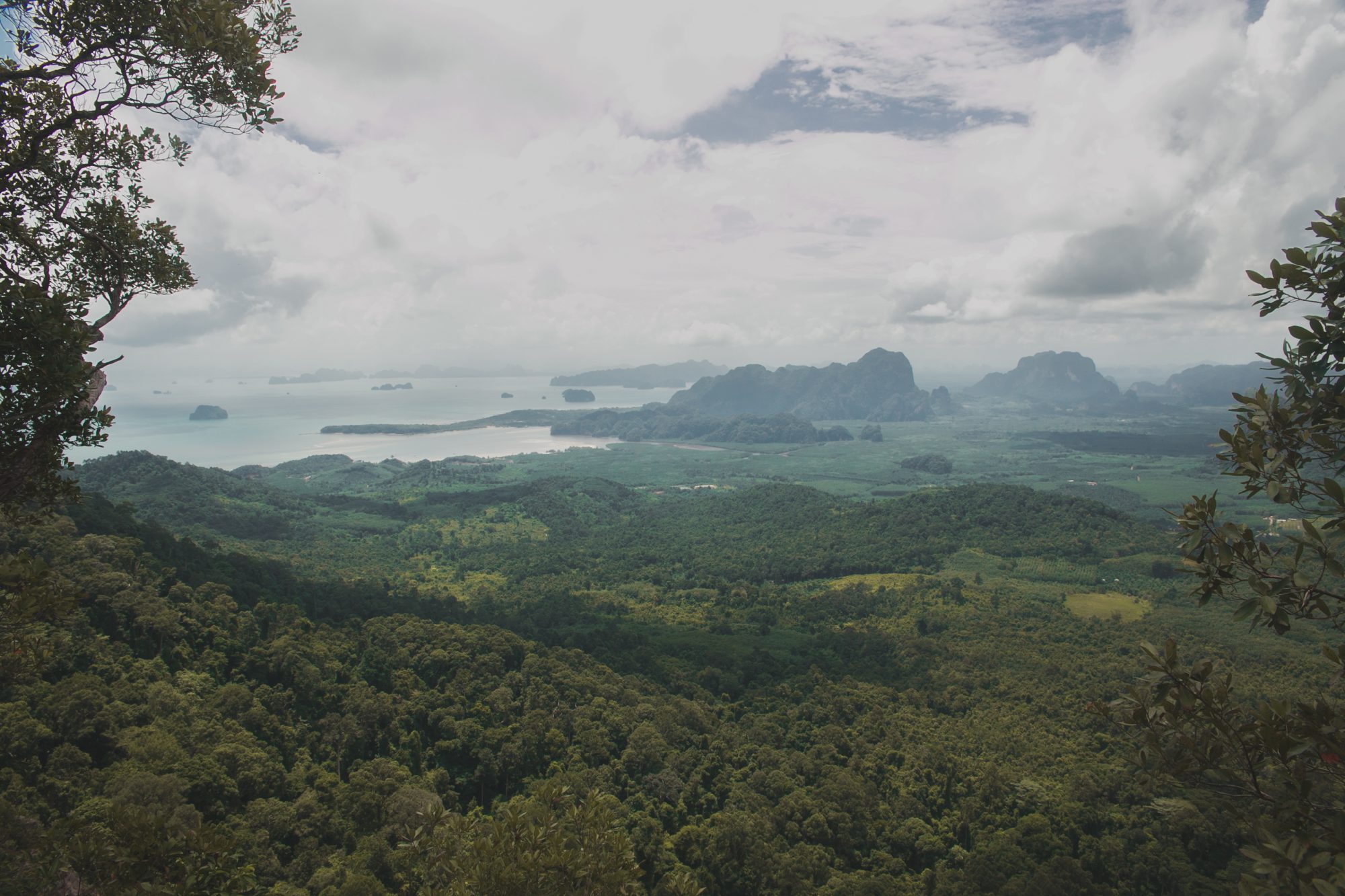Visual References
When I thought about this assignment, I wanted to pursue a minimalist simple style as I felt when it comes to comic, little things are the ones that convey the emotion, whether it’s the posture, the foreground and background or what you choose to show and don’t show. I felt with a minimalist approach, there is emphasis on what is seen, unseen, placed in foreground and background and what are the color schemes I use.
I was very inspired by the sort of simple animation that was juxtaposed against the 3D animation of kungfu panda and studied how they created transitions and used a very simple color palette of red, black, white and orange to convey the mood of the scene.
I realized that they took inspiration from Shadow puppetry, and more specifically, that of Wayang Kulit (a form of shadow puppetry in Indonesia).

I looked at some example of Wayang Kulit on youtube, and studied how they conveyed storytelling through something as simple as light, shadow and the difficulty of not having a lot to work with
With that, I started drafting ideas on my storyboard.

Having no experience in comic drawing, I realized I had difficulty in the very first step of comic drawing – the panels. I had a lot of questions in my head.
1. How do we determine the size of the panel? Is there a reason why some are big, small, long or short? What about those that cover one whole page? why?
2. What’s the significance of diagonal lines in a comic? What about curved lines? Why do comics do that?
3. How do we plan the comic panels without knowing the whole layout? Is there enough at the start? or is it too fast at the end?
There we so many questions, and after consulting my classmate (Hi, Claire), she told me that it comes with planning and reasons for such decisions are mostly dependent on the style of the comic artist.
She told me diagonal lines might imply movement or to add some motion to the page, diagonal lines are also something of visual interest. She also told me bigger important scenes require bigger frames, smaller panels are to die scenes together so that it makes logical flowing sense.
So, me being curious me, started to look at some examples of comic panels.

Interesting.
I then drafted out how I plan to do my comic – this was a painful process, really. One moment, I had one entire page empty, the next I had the head and tail but no body and the next I had blank panels. It was excruciating but I manged to get my panels out in 2 days.
I then thought about color schemes – something as minimal as drawing being a challenge, now I had to think about colors? What.

Ultimately, I chose these colors – because … I liked the harmony of it. It’s simple and from this color scheme I could already decide what color and what I wanted my elements to be.
Click o see my final comic

